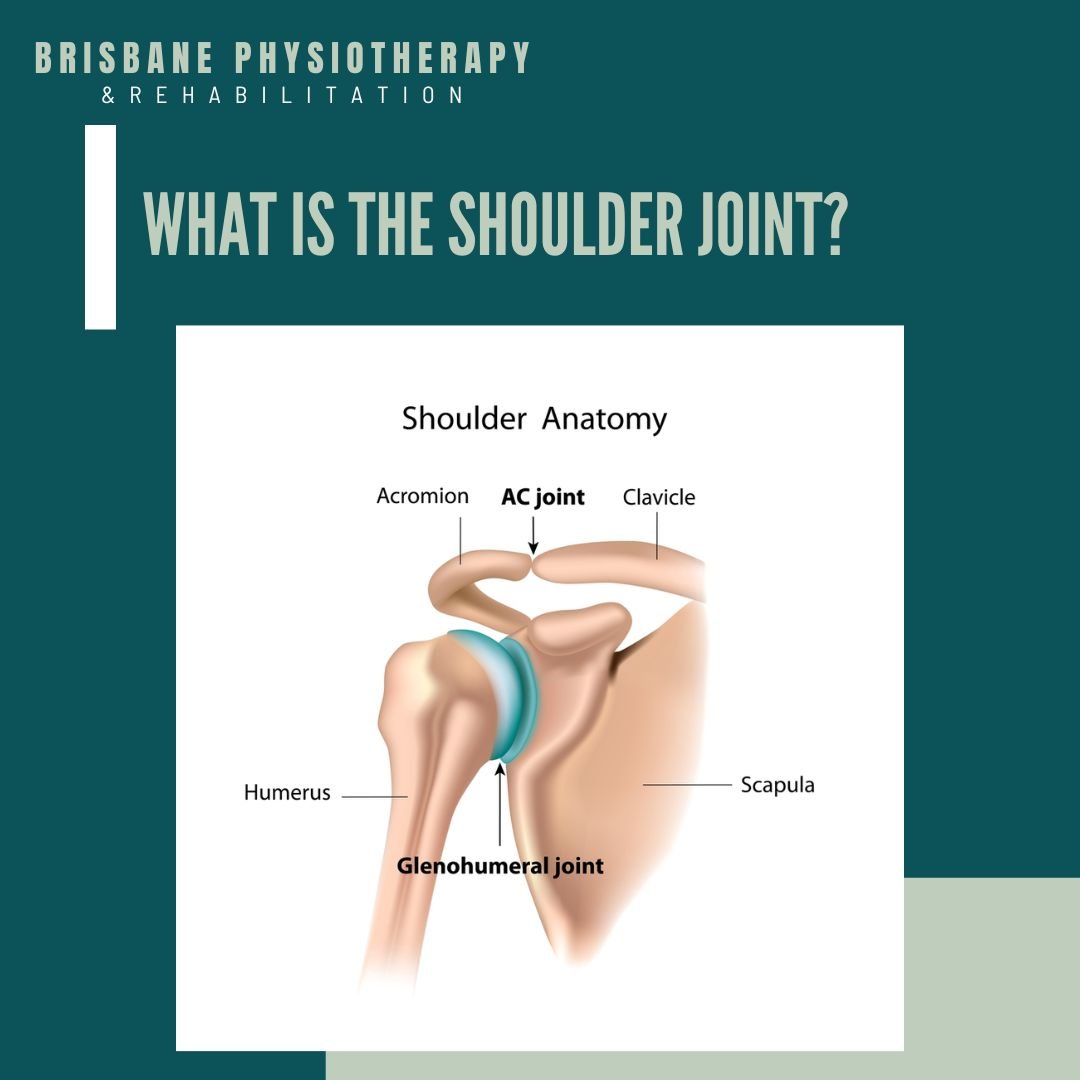Shoulder Joint
What is the Shoulder Joint?
Description:
The shoulder joint, also known as the glenohumeral joint, is a remarkable and complex structure that plays a pivotal role in the human body's range of motion and functional capabilities. It is a synovial ball-and-socket joint formed by the articulation of the humerus bone (the arm bone) with the glenoid fossa, a shallow cavity in the scapula (shoulder blade). This unique design provides both incredible mobility and the stability necessary for daily activities.
Anatomy of the Shoulder Joint:
The shoulder joint comprises several key components:
Humerus: The upper arm bone, which features a rounded head that fits into the glenoid fossa.
Scapula: The shoulder blade, housing the glenoid fossa and connecting to the clavicle (collarbone).
Labrum: A fibrous cartilage rim around the glenoid fossa that deepens the socket and enhances joint stability.
Rotator Cuff Muscles: A group of four muscles and their tendons that surround the joint, providing dynamic stability and enabling various arm movements.
Function of the Shoulder Joint:
The shoulder joint is renowned for its wide range of motion, allowing us to perform activities like:
Lifting: Raising the arm to reach for objects overhead.
Rotating: Twisting and turning the arm in various directions.
Throwing: Engaging in throwing sports like baseball or javelin.
Reaching: Extending the arm to grasp objects near and far.
Pushing and Pulling: Exerting force for activities like pushing a door or pulling a heavy load.
Common Shoulder Joint Issues:
While the shoulder joint is highly versatile, its complexity also makes it susceptible to various issues:
Rotator Cuff Injuries: Tears or strains in the rotator cuff tendons, which can lead to pain and limited motion.
Frozen Shoulder (Adhesive Capsulitis): A condition characterized by stiffness and reduced range of motion due to the thickening of the joint's capsule.
Shoulder Impingement: Occurs when the rotator cuff tendons are compressed by the surrounding structures, causing pain and inflammation.
Arthritis: Degenerative joint disease that can affect the shoulder, leading to pain and reduced mobility.

